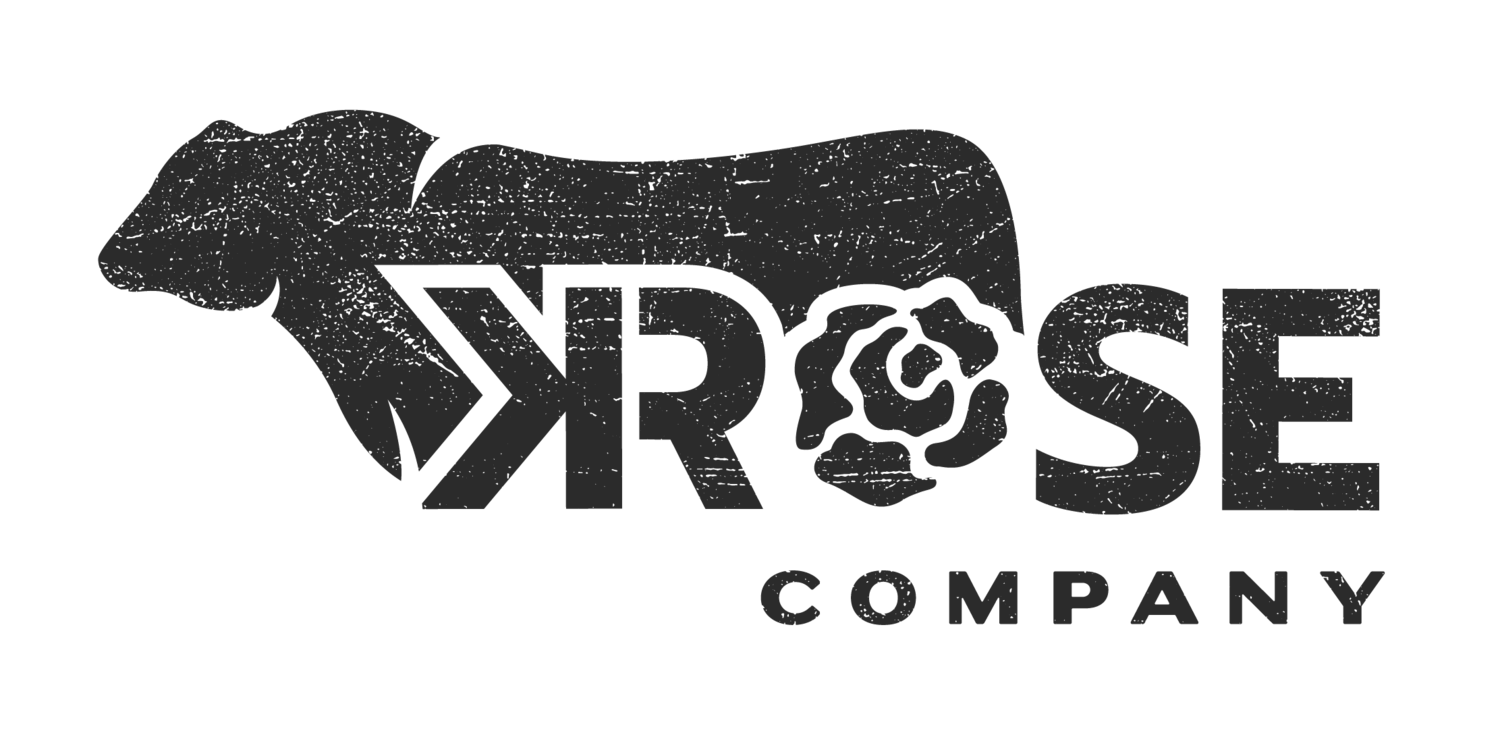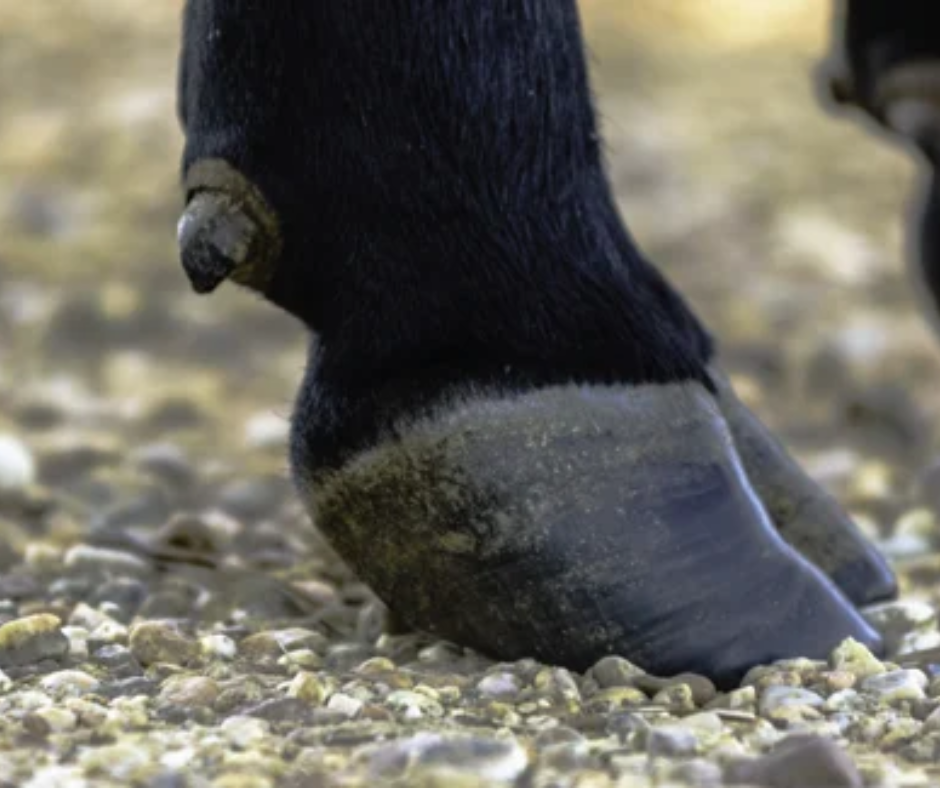Cows are only as good as their feet..
When it comes to producing healthy and productive cattle, many factors play a crucial role, including nutrition, genetics, and overall herd management. However, one often overlooked aspect that significantly impacts the well-being and performance of cattle is their foot structure. Foot structure is vital for the overall health, mobility, and productivity of cattle.
Weight Distribution and Balance
Just like a well-built foundation supports a sturdy building, a proper foot structure ensures optimal weight distribution and balance in cattle. The weight of cattle is distributed evenly across their hooves, allowing them to move with ease. When foot structure is compromised, such as through uneven weight distribution or abnormal toe angles, it can lead to lameness, discomfort, and reduced mobility, costing time and money.
Prevention of Lameness
Lameness is a common and costly issue in cattle production. Lameness affects everything: feed intake, weight gain, and decreased reproductive performance. Good foot structure plays a pivotal role in preventing lameness by providing proper support to the bones, joints, and connective tissues in the feet. Well-maintained hooves with shapes and angles help minimize the risk of injuries, hoof disorders, and infections.
Reproductive Success:
Reproduction is vital for maintaining a productive cattle herd. However, improper foot structure can negatively impact the breeding process and reproductive success. Bulls with sound foot structure are more likely to be able to do their job and also produce cattle with the best food structure. Bulls siring steeper foot angles have daughters that live longer. Additionally, cattle with healthy feet experience less stress during breeding and are better equipped to handle the physical demands of pregnancy and calving.
Longevity and Herd Sustainability:
Longevity is a key factor in maintaining a sustainable and profitable cattle herd. Cattle with strong, well-structured feet are more likely to have extended productive lives. They can withstand the challenges of various environmental conditions, resist injuries, and have a reduced risk of developing chronic lameness or foot-related diseases. By prioritizing foot structure in your breeding goals, ranchers can enhance the overall longevity and sustainability of their herds.
Claw Size
Pay attention to top & bottom claw width
Should not narrow down from the width across the coronary band to the toe
Front Claws
An ideal front claw is symmetrical and evenly spaced.
They should have balanced weight bearing between claws
Front Claws
The outer claw is consistently larger and wider than inside claw –
It naturally bears more weight relative to inside claw
90% lameness is in the outer claw, rear leg
Toe angles have a high impact on survivability.
A better toe means better structural soundness, and you're much less likely to deal with sole ulcers.
A score 5 is ideal, but a score 4 or 6 is acceptable.
Scores 3 and 7 are acceptable in some breeding programs, but seedstock producers should stay away from them.
Scores 2 and 8 take heavy consideration.
Score 1 and 9 should be culled.
Proper foot structure in cattle is not merely a cosmetic concern; it is a fundamental aspect of their health, well-being, and productivity. By recognizing the significance of sound foot structure, cattle ranchers can take proactive measures to ensure their animals have well-maintained hooves, reducing the risk of lameness, and enhancing reproductive success. Investing time and resources into hoof health management will contribute to the long-term success of a cattle operation, leading to healthier, more resilient cattle and a thriving herd.
Wanting to learn more about foot structure, genetics, and nutrition? Get on The Breeder’s Edge waitlist now!




